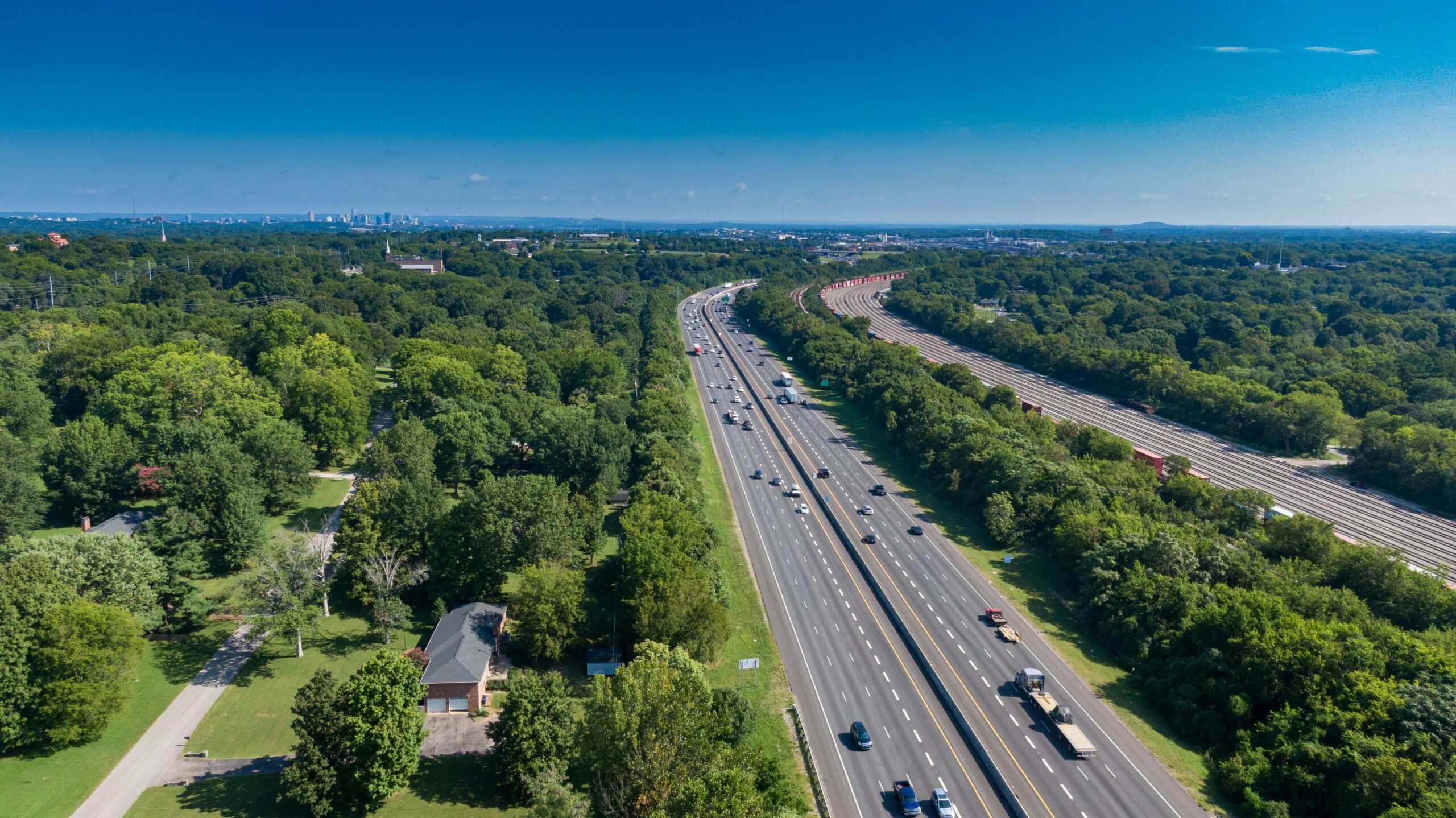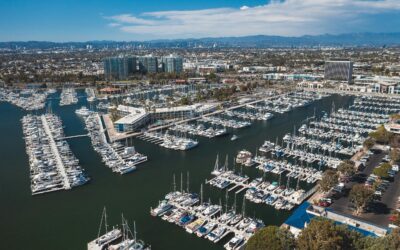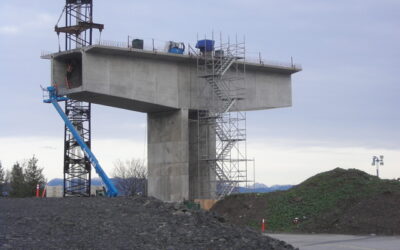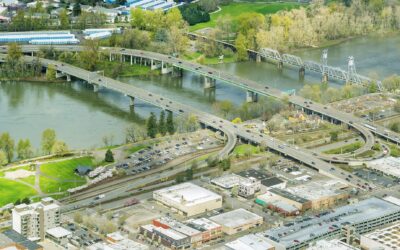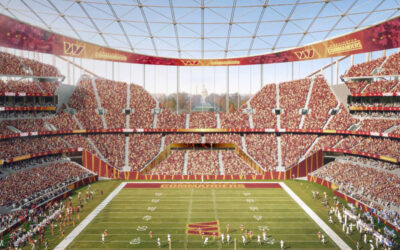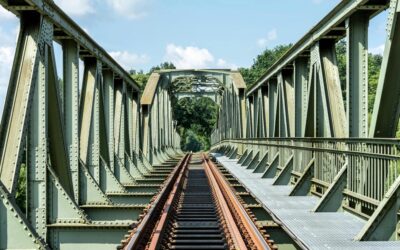Interstate 24 (I-24) between Nashville and Murfreesboro could see a dramatic change under a proposed $5 billion “choice lanes” project. This effort by the Tennessee Department of Transportation (TDOT) is intended to slash gridlock by offering drivers paid lanes, tapping into public-private partnerships (P3s) to fast-track construction.
The Southeast Choice Lanes Project would cover 26 miles of the interstate through Davidson and Rutherford counties. Choice lanes are optional lanes that drivers pay to use for a faster trip, alongside regular free lanes. Unlike a toll road, drivers won’t have to pay to use every lane. The standard interstate lanes will remain free, giving drivers a choice of whether or not to pay.
A price has not been set for use of the choice lane, but TDOT says costs would adjust according to traffic conditions and speeds during rush hours. Tennessee has never employed a choice lane option on its roads before, but officials say research shows it could be successful in multiple other regions. Other states have successfully implemented choice (or managed/express) lanes, including Georgia, North Carolina and Virginia.
TDOT says the project will move forward through a P3 arrangement. Most of the upfront investment would come from a private partner, with the state setting aside some $250 million in contingency funds. In this proposal, a P3 would mean that a private firm takes on most of the upfront responsibilities, including designing, building, financing, operating and maintaining the new choice lanes, while TDOT retains ownership, oversees compliance and contributes state resources.
The proposed Choice Lanes project promises a range of benefits for commuters, the region and the environment. TDOT says the choice lanes would allow drivers who opt in to maintain consistent travel speeds even when adjacent general lanes are heavily congested. This could sharply reduce time spent stuck in slow or stop-and-go traffic.
By managing demand through pricing, the plan intends to keep the choice lanes moving at speeds far above those for regular lanes at peak times. According to TDOT, even in rush hour, the new lanes are expected to hover near 45 mph.
Buses and other high-occupancy vehicles (HOV) would be able to use the lanes, which could lead to more reliable transit service. Improved connectivity along Nashville-Murfreesboro would make commuting more efficient, which in turn could increase employment opportunities, business growth and regional economic prosperity. Reduced congestion also means less idling and fewer emissions, which benefits local air quality with less stop-and-go traffic.
Because the Choice Lanes operate under a pricing model, fees collected from motorists who use them are expected to generate revenue. That income can help offset construction, maintenance and operating costs of the lanes.
The community can give questions or comments during multiple information hearings during the planning process:
- Sept. 30 at 5:30 p.m. at the Smyrna Event Center in Smyrna
- Oct. 1 at 5:30 p.m. at the Coleman Park Community Center in Nashville
- Oct. 2 at 5:30 p.m. at the Southeast Community Center in Antioch
A virtual meeting on the project website will also be available on Sept. 30, where the community can also give feedback on the project.
Photo by Kelly from Pexels

